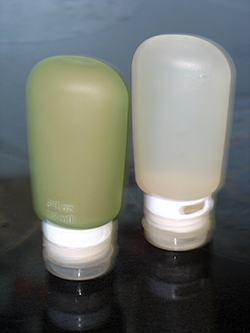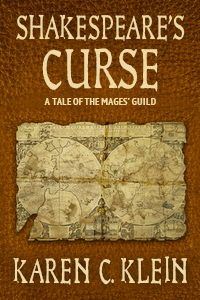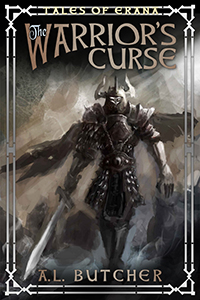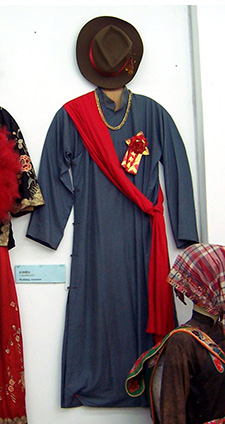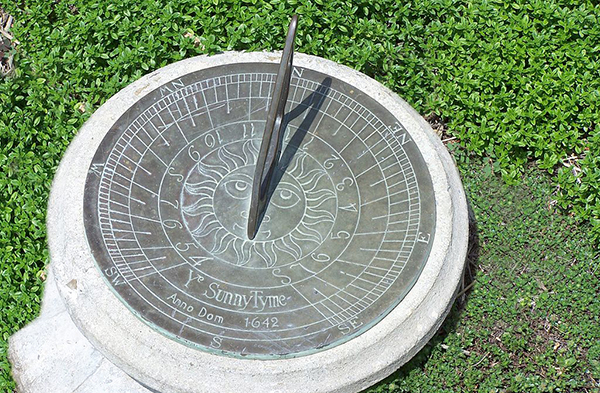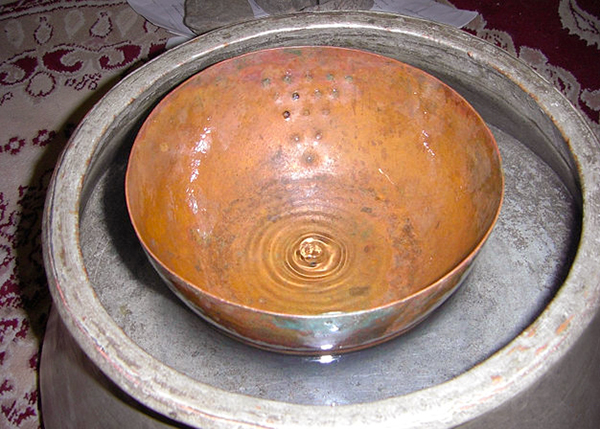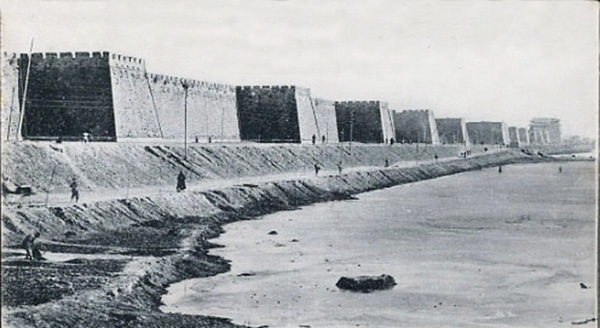 Hunched over the welter of creamy parchments scattered on the dark wood of his pigeonhole desk, Gael stroked his smooth, clean-shaven chin and straightened. Normally his chair before this desk in his tally chamber was the most comfortable spot in the world.
Hunched over the welter of creamy parchments scattered on the dark wood of his pigeonhole desk, Gael stroked his smooth, clean-shaven chin and straightened. Normally his chair before this desk in his tally chamber was the most comfortable spot in the world.
Never mind that the old and darkened wood of the chair went uncushioned, hard on his sit bones. Never mind that the chair was backless. Never mind that its curving arms were too low to support his elbows, low to fit under the desk without jamming.
The tally chamber was his. His domain, secure and inviolate.
He coveted the security his dominion bought. That above all else.
This noontide, his tally chamber didn’t feel so comfortable. Or so inviolate. And he resented the change.
He’d closed the inner shutters over the narrow glass casements that filled the two arrowslits in the outer wall, and angled their wooden louvers down. He was lucky to have such casements. Many of the openings in the thick stone walls of tall and massive Tower Belzetarn remained open to the bitter weathers of the cold North-lands, or were paned with horn, not glass. Not that the weather was cold, or even cool, now. The summers of the north brought warm sun and long days.
His tally room remained cool though, protected by the bulk of the stone tower within which it resided. And while the outer casement shutters were hooked open, flat against the stone of the arrow slits, the closed inner shutters kept the chamber dim, the space lit only by the scattering of rush lights flickering on his desk around the scattered parchments. Bright sun slicing into deep shadow provided no decent working light for counting ink tally marks. Better the dimness, even were it a strain to the eyes.
Gael rotated his shoulders and neck, his joints creaking a little as he did so.
To each side of him and before him, against the wall at the back of his desk, the tall, dark cabinets loomed—their pigeonholes filled with the records of years, scrolls of lists and tally marks. More pigeonholed cabinets lined all the walls of the chamber. A cluster of three, placed in the center of the space, guarded Gael’s back.
He should have felt utterly at home within this enclosing wood with its load of parchment rolls. Like an ice leopard in its lair, or a gryphon in its eyrie.
He had certainly felt so from the moment, seven years ago, when Lord Carbraes ensconced him here and bade him monitor the flow of metals—precious tin and useful copper—coming by mule from the northern mines to Belzetarn, and then carried down to the deep smithies at the roots of the citadel to be forged into swords and scale armor and helmets.
The tally chamber was his retreat and sanctum, perfumed by the flat odor of ink threaded with a warm hint of game from the parchments.
But now . . . ?
Now an ingot of tin had gone missing—tin so rare, tin so precious, tin so necessary for the forging of the bronze swords that armed the citadel’s warriors. Eighty-two ingots rested in their coffers in the tin vault. There should have been eighty-three.
There remained a chance the discrepancy could be innocent. Perhaps he’d mistakenly inked one tally too many in the morning, when he released the tin ingots to the blade smithy, the armor smithy, and the privy smithy. Perhaps—in the evening—he’d omitted one tally, when he locked away the new-minted ingots from the smelters into their guarding vaults.
It could still be innocence.
But Gael didn’t think so.
There was evil intent at work in this missing ingot of rare tin.
His back ached with the tension he’d felt checking and re-checking his tally records all this morning. But, of course, it wasn’t merely the hunching and the tension that produced the aches. The truldemagar—troll-disease—brought sore joints and aching bones in its wake, along with other symptoms: enlarged ears, curved and lengthened nose, and sagging skin.
But worse than these physical signs was the insanity that marked its ending deichtains—weeks, or sometimes moons—in the approach to death.
Gael drew in a slow breath and breathed it out, slower still, opening his inner senses to observe and assess the secret energea that marked both the health of those unafflicted by troll-disease and the progression of the sickness in those that were afflicted.
There in his mind’s eye sparkled the arcs of energea, pale silver, curving between the nodes marking the important anchorages of his body. And there pulsed his crown node, a translucent violet sphere floating just a bit below where it should be, dragged down in turn by his brow node—lambent indigo—which also hovered too low.
This was the heart of troll-disease—the illness that lurked within every denizen of Belzetarn, the illness that drew them together against the unafflicted.
The healthy ones, themselves unmarked by disease, exiled every troll they discovered.
Gael’s ink-smudged fingers traced the marks of the disease on his own face: the deep crow’s feet bracketing his eyes and the pouches under them; his elongated nose, curving downward like a hawk’s beak and growing pointed, unlike so many of his cohorts, whose noses grew blunt and curved upward; the slight sag in that chin he kept so carefully shaved.
A hank of his straight, black hair—threaded with dark gray—slipped over his shoulder to hang at his collarbone.
He knew he looked like a man in his fifties or even sixties. His joints felt like those of an older man, although his body had not yet softened. He remained trim and muscular, despite his crow’s feet and gray-threaded hair. But Gael was thirty-eight. And he was lucky. Lucky beyond all deserving.
He lived. Many trolls perished with the onset of the disease—either because the symptoms crashed upon them so violently or because their unmarked neighbors—or, worse, family—exiled them to the wilds where they died like rabid dogs.
But Gael lived. He possessed a refuge—his tally chamber—and an honorable place under Lord Carbraes. Troll-lord Carbraes. Gael was fortunate indeed. He told himself that. Every day.
The rushing rhythm of swift steps broke out on the spiral stairs outside the thick door to the tally chamber, someone climbing hard and fast.
Gael shifted his feet, feeling the pressure of the leather thong where it crossed the bridge of each foot, securing his shoes. The chill of the stone floor penetrated the soft leather soles. He normally placed a sheep fleece beneath his desk in winter to keep his toes warm. Had he removed it too early this year? Or had his troll-disease advanced so far that his toes grew chilled even in summer? Early summer.
The steps on the stairs grew louder.
Gael held still, listening.
The Regenen Stair was the tallest in the citadel, a spiral rooted in the mead cellars below the kitchen annex and climbing all the tower’s great height, past the lofty chambers of the regenen—Lord Carbraes—to the battlements. There were three other major stairways that ascended from the smithies to the battlement terraces, and all four of them were heavily trafficked, with warriors climbing from the bailey to one of several places of arms or to the march’s war chamber, porters carrying charcoal from the yard to the many tower living quarters, or messengers running errands for the castellanum who managed the domestic logistics of Belzetarn.
Footsteps sounded on the Regenen Stair more often than quiet fell there.
Gael shrugged and rearranged the folds of the green thistlesilk caputum swathing his shoulders, recentering its hood on his upper back. His feet might be cold, but at least he didn’t need his wool caputum in the summer. His hand drifted down the brown suede of his ankle-length robe and then to the green thistlesilk of the sleeve at his wrist.
So many of the powerful within Tower Belzetarn preferred bright colors for their garb and costly adornments: brooches of shining gold, feathers dyed scarlet or purple, and lacings of braided orange thistlesilk. But not Lord Carbraes, most powerful of them all. And not Gael. Gael wore modest clothing and inhabited modest chambers just above his tally room. Reached by that same Regenen Stair, where the footsteps now echoed so furiously.
The latch of the tally chamber door clicked open as the footsteps slowed and entered.
Gael turned to look over his shoulder.
His assistant Keir stepped around the pigeonhole cabinets at the room’s center.
The boy, normally so self-contained, seemed perturbed. Several strands of his ash blond hair—blunt-cut at chin length—stuck to one flushed cheek, and a disquieted expression lay behind his steady gray eyes. Whatever disturbance had provoked his run up the stairs, he came to an ordered halt beside Gael and addressed him formally.
“My lord Secretarius.” His voice was clear and pleasant—not yet deepened, as surely it would be before the boy grew much older—and a bit blown with suppressed panting.
Gael looked Keir over.
His assistant was of medium height and slender, well-made for a lad of maybe . . . fifteen? Sixteen? Gael had never asked, and Keir never volunteered the information. His green suede tunic fell to his knee, his green thistlesilk hose covered slim legs, and his low-cut brown shoes were laced across the bridge of his foot, like Gael’s. He looked tidy, even in the aftermath of his rush up the stairs.
But the important view was on the inside where the secret flows of energea marked Keir a troll, like all the denizens of Belzetarn.
Gael’s inner sight was still open from his scrutiny of his own nodes and arcs, and he studied the configuration of Keir’s energea. The arcs curled from the boy’s hurry, relaxing their curves only slowly as he caught his breath, but his nodes remained centered over their mooring points as usual. Not anchored. Only the unafflicted possessed anchored nodes. But Keir had not been a troll long enough for his nodes to drift as Gael’s had done.
Keir’s nose was still straight, his skin bright and young, his ears small, and his body straight. The aches and pains of troll-disease were a decade away, at least, and the madness would wait until his old age. Thank Tiamar! Gael liked the boy and hoped he’d fare better than had Gael himself.
“Sir?” asked Keir, his brows contracting slightly at Gael’s silent inspection.
Gael hesitated a moment longer. He’d planned to admit his assistant to his confidence and share the problem of the missing tin. But . . . theft was ugly, and the apprehension of the thief likely to be uglier still. He’d spare the boy most of it. If he could.
Abruptly, Gael made his decision.
“There may be a mistake in yesterday’s tin tally.” He tried to keep the grim note out of his voice, but Keir’s eyes widened, and a hint of emotion—Gael couldn’t identify which one—crossed his face.
“Sir,” protested Keir. “You don’t make mistakes. You know you don’t.”
In less fraught circumstances, Gael might have smiled. “Well, we’d best hope I made an error yesterday.” His tone must have been a bit too dry, because Keir’s unease grew.
The boy swallowed. “You’ll be wanting another tally then.”
Now Gael did permit himself a slight smile. Having an assistant was agreeable. Having an intelligent one was better yet. Although Gael counted Keir as much a friend as anything else—a young friend with a store of energy both foreign and welcome to Gael.
Gael nodded. “Lock the coffers when you finish.” He’d believed the padlocked door on the vault sufficient protection, but now . . . “And take a fresh parchment.”
Keir’s smile, while cool as always, was nonetheless wider than Gael’s small quirk of the lips. “Cramped tallying yields error,” he recited, echoing Gael’s own oft-repeated dictum.
Gael removed the ring of coffer keys from the small wooden box on his desk and tossed them. Keir caught the jingling bundle easily.
“Tell me your message before you go,” said Gael.
Keir frowned. “Lord Carbraes bids you attend him in the store room off the melee gallery.
Gael felt his own frown mirroring Keir’s. Why would the troll-lord linger by the entrance gate, a place to which he sent others to do his will while he controlled all Belzetarn and its horde from his cabinet chamber or his war room? And why would he send Keir for Gael, rather than one of the usual messengers?
Gael pushed his chair back from his desk and stood, ignoring the protest in his left ankle. Keir went to his own desk, located amongst the pigeonhole cabinets on the outer wall between the two arrow slits, and began gathering parchment, ink, and a quill. Gael corked his own ink bottle and moved toward the door.
Keir, still bent over his desk, glanced up. “You think Belzetarn harbors a thief.”
Gael sighed. He couldn’t really complain that the boy was too clever, but it was inconvenient just now. “That is not certain,” he replied, reprimand in his tone. “Even were it not my error”—Keir looked skeptical—“there are others who might have erred.”
Before Keir could give voice to his doubt, a strange and deep throbbing sounded through the open door of the tally chamber, as though the tower itself moaned in pain, like some great beast given a mortal wound.
Gael’s knees went suddenly weak. His belly sank, nauseatingly hollow. And all strength drained from his limbs. He wondered—almost desultorily, as though it didn’t matter—if he would faint and fall. He swayed.
And then the tower’s groan ebbed away to silence.
His stomach settled. His knees steadied. And strength flowed back into his body.
“What in Cayim’s hells?” Gael’s anger felt good.
Keir looked shaken too, his face pale and his knuckles white in their grip on the portfolio of his notary supplies. He straightened his shoulders—their outline blurred by the overly generous caputum he preferred—and compressed his finely molded lips.
Gael understood the boy’s need to gather himself. Under his own reined-in ire, an uncomfortable uncertainty lingered.
“That,” said Keir, “is why Lord Carbraes summoned you.”
Next scene:
The Tally Master, Chapter 1 (scene 2)

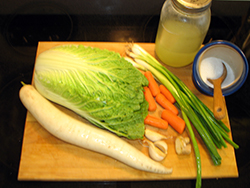

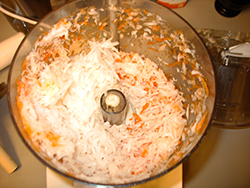
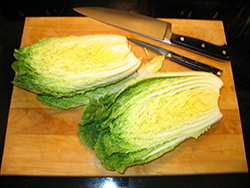
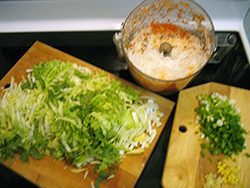

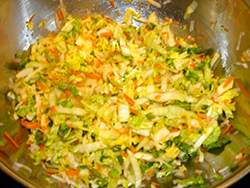
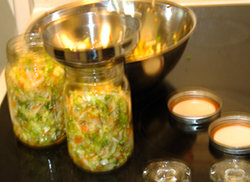
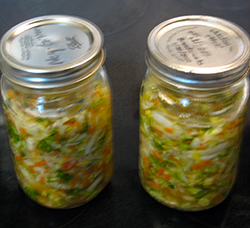
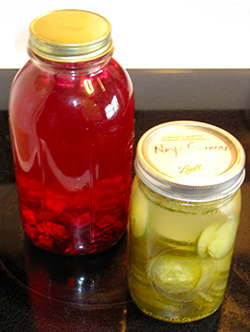
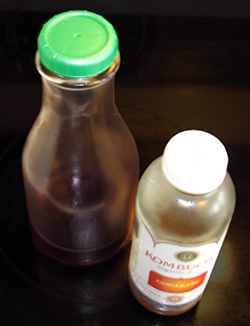


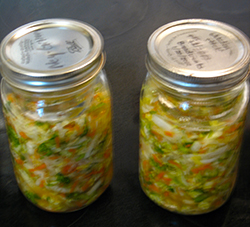








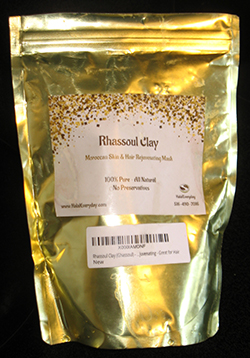
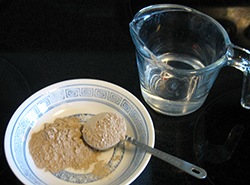
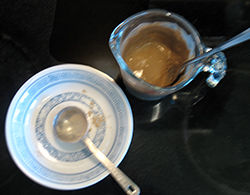
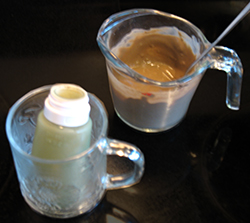 Rhassoul Clay Hair Wash
Rhassoul Clay Hair Wash 4 •
4 • 